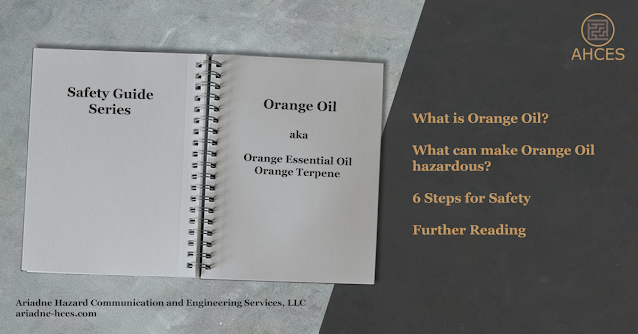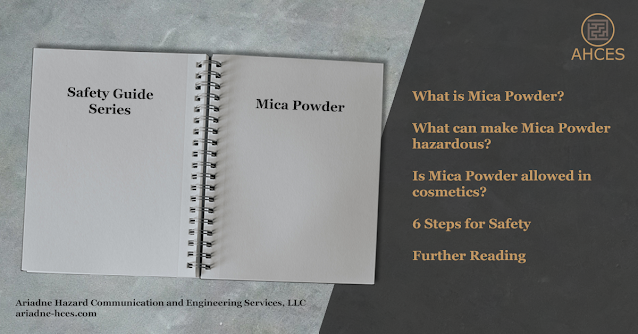Guide to Hazmat Shipping for Small Businesses
Small Businesses Shipments
Many small businesses in the direct-to-consumer market rely on making fast, efficient shipments to their customers. An important part of fulfilling this part of business practice is making sure shipping is done correctly. This ensures that both people and products remain safe every step of the journey.
A surprisingly wide range of products can be considered hazardous for shipping, from electronics with lithium-ion batteries to fragrances to paints. These products can still be shipped but will be subject to labeling and packaging requirements.
Understanding Hazardous Materials Shipping Requirements
Shipping hazardous goods can be a complex task. AHCES has a growing series of articles to help explain what needs to be done, from training to labeling.
Hazardous Shipment Training Requirements
Introduction to DOT HMR Communications Requirements
- DOT Hazmat Markings Guide
- DOT Hazmat Labels Guide
- DOT Hazmat Placards Guide
- DOT Hazmat Emergency Response Information Guide
Shipment by Transporation Method
- Shipment by Road
- Shipment by Rail
- Shipment by Air
- Shipment by Water
Overview of the DOT Hazard Classes
- DOT Class 1 Hazardous Materials: Explosives
- DOT Class 2 Hazardous Materials: Gases Under Pressure
- DOT Class 3 Hazardous Materials: Flammable Liquids
- DOT Class 4 Hazardous Materials: Flammable Solids, Spontaneously Combustible, and Dangerous When Wet Materials
- DOT Class 5 Hazardous Materials: Oxidizer and Organic Peroxide Materials
- DOT Class 6: Poisonous and Infectious Substance Materials
- DOT Class 7: Radioactive Materials
- DOT Class 8: Corrosive Materials
- DOT Class 9: Miscellaneous Hazardous Materials
- DOT Limited Quantities





Comments
Post a Comment